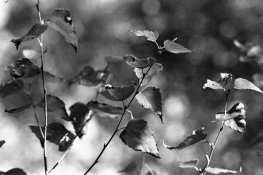John cox
Member
I'm sure this has been asked alot but I can't find anything on it. I'd like to try out Foma and want to know how their film behaves before buying the film. I've heard the 400 is more of a 200 and the same type of things about the 200 and 100. I'd also like to know what to expect for contrast, latitude, grain, etc.
Also is there one of the three that would be recommended over the others? I would prefer to buy 20 or 30 boxes of one of the three to get a feel for it and get good results. I will be shooting 120 or 35mm.
Thanks in advance,
John
Also is there one of the three that would be recommended over the others? I would prefer to buy 20 or 30 boxes of one of the three to get a feel for it and get good results. I will be shooting 120 or 35mm.
Thanks in advance,
John









 A lot of the people here are probably enlarging way past that so there comments on grain are probably from looking at much larger prints. I have recently picked up some 11x14 Ilford paper but I haven't used any yet because I didn't have developing trays that were large enough. I may change my mind when I see things enlarged to that size but I kind of doubt it. I suspect my own technique will turn out to be more of an issue then grain.
A lot of the people here are probably enlarging way past that so there comments on grain are probably from looking at much larger prints. I have recently picked up some 11x14 Ilford paper but I haven't used any yet because I didn't have developing trays that were large enough. I may change my mind when I see things enlarged to that size but I kind of doubt it. I suspect my own technique will turn out to be more of an issue then grain.

